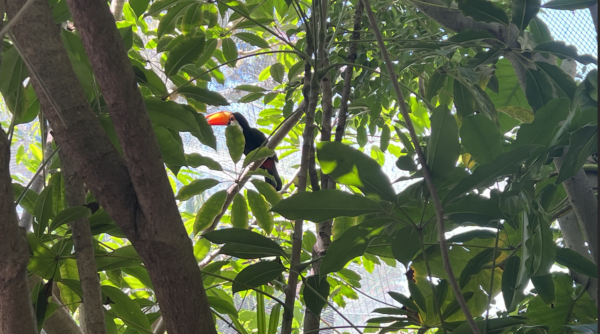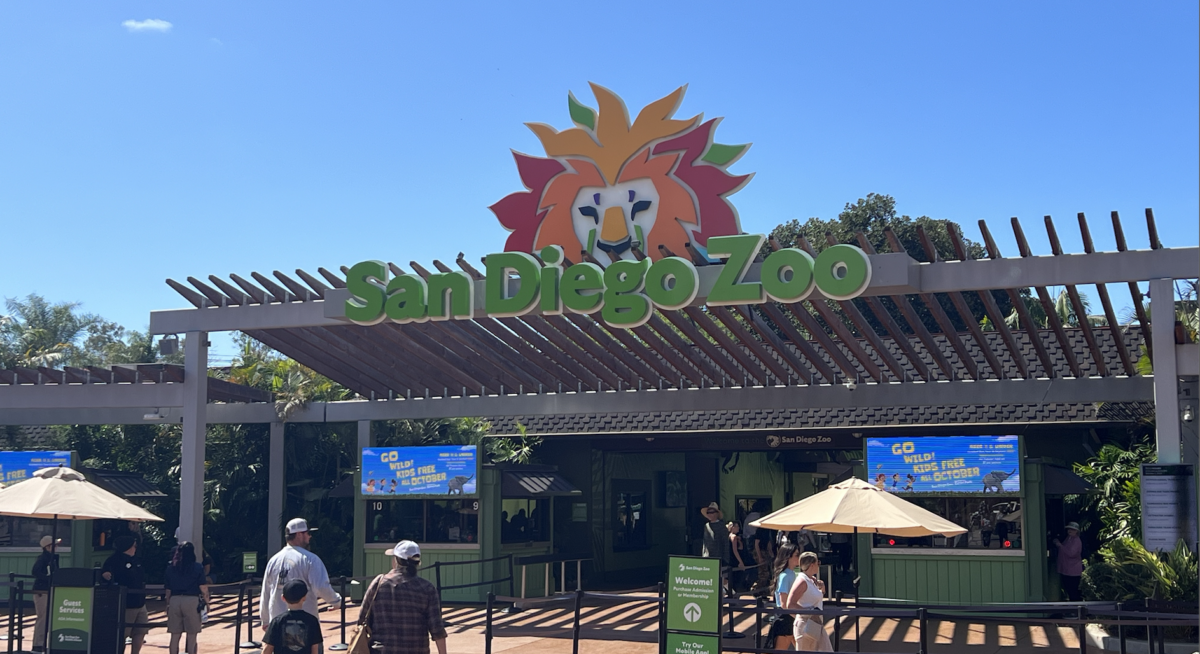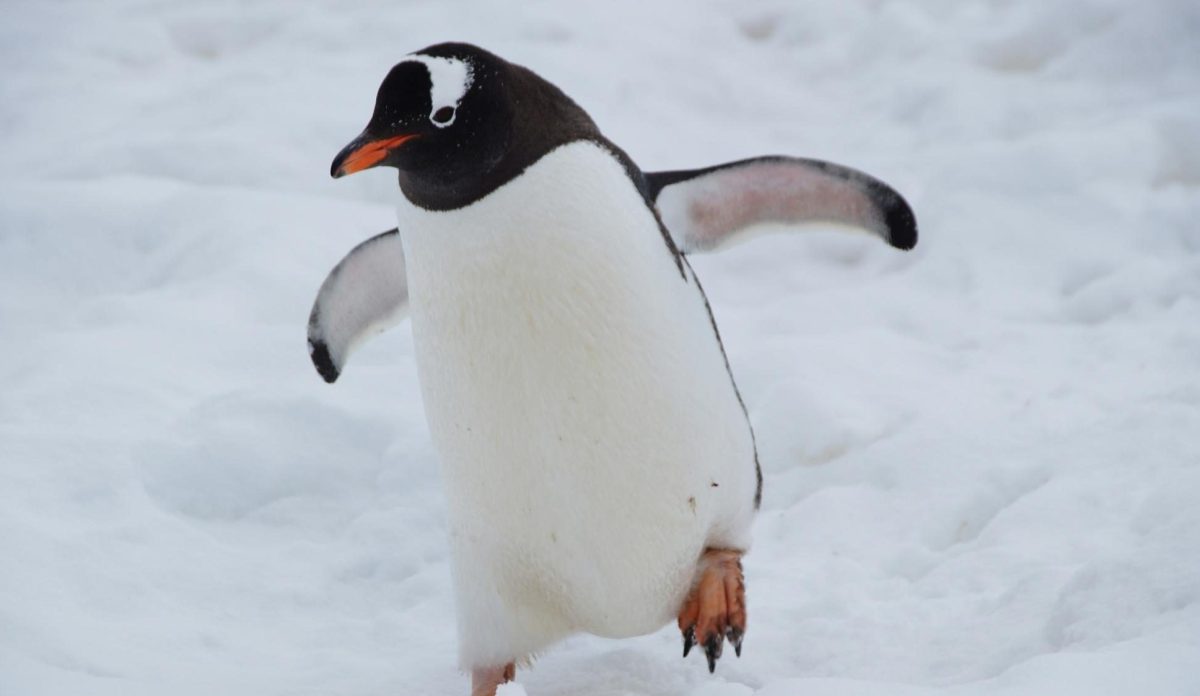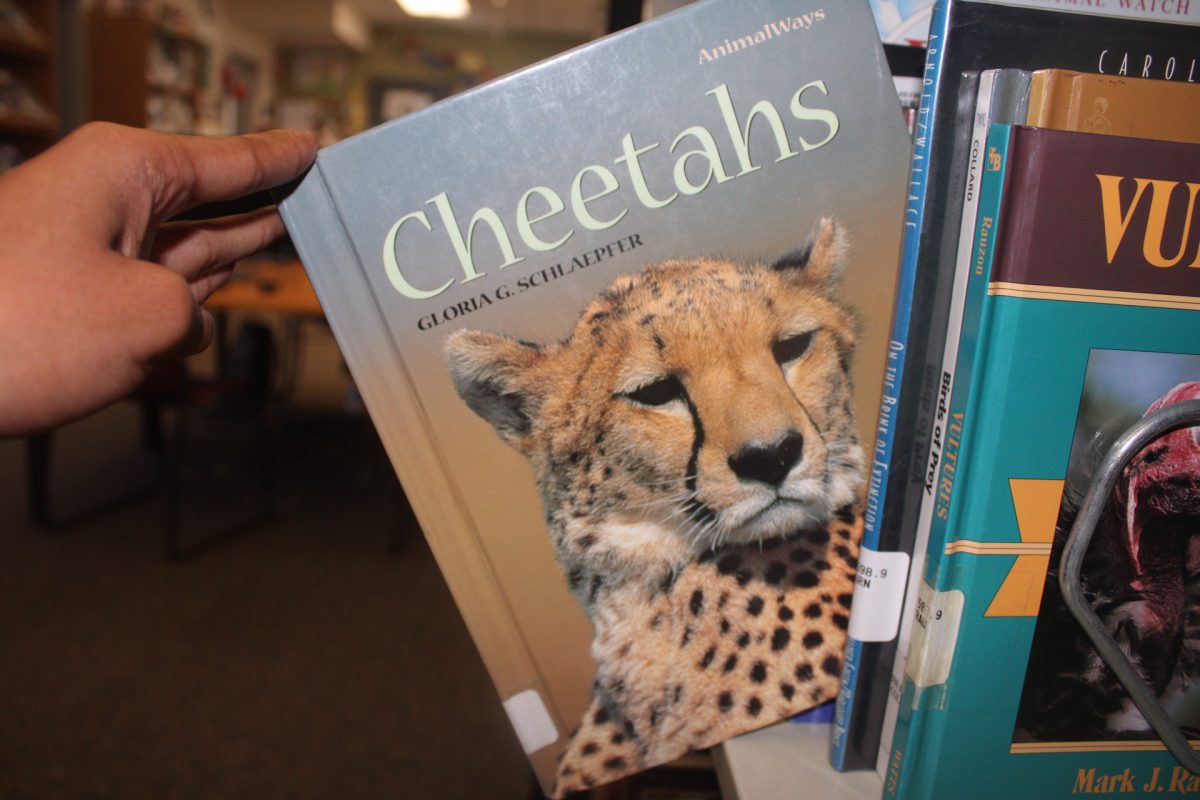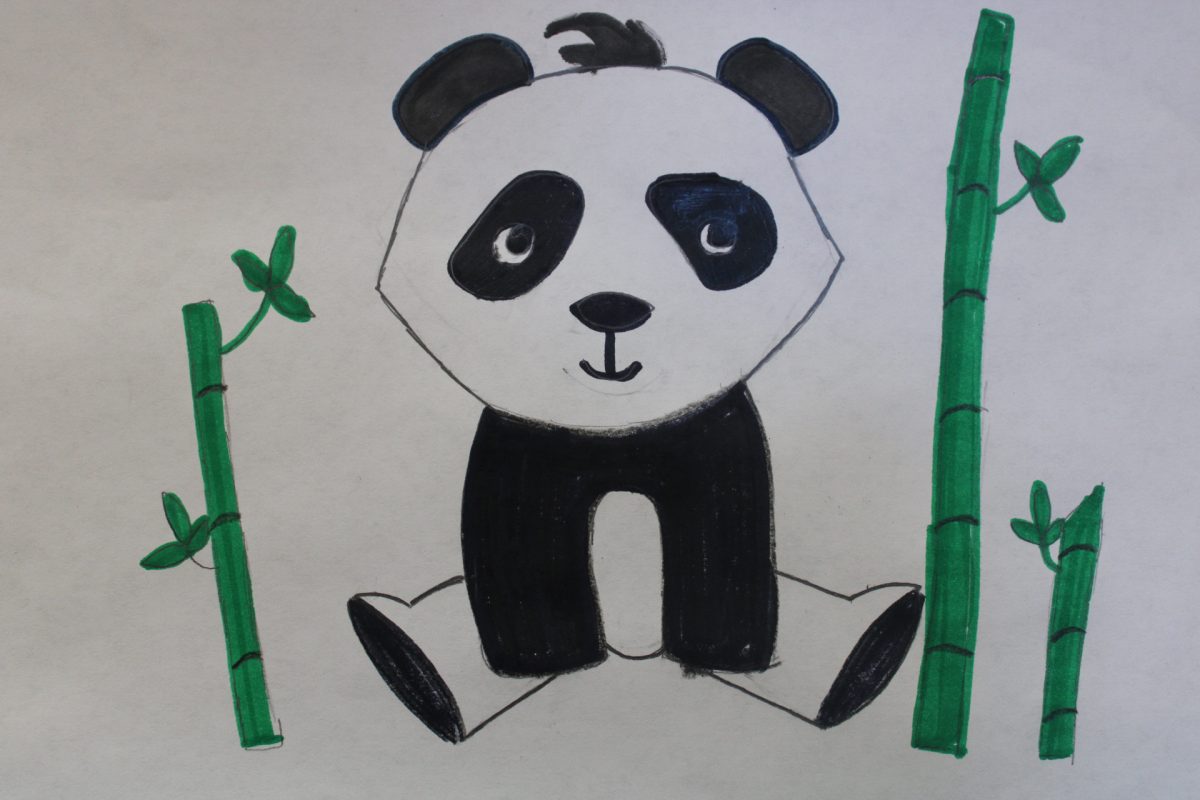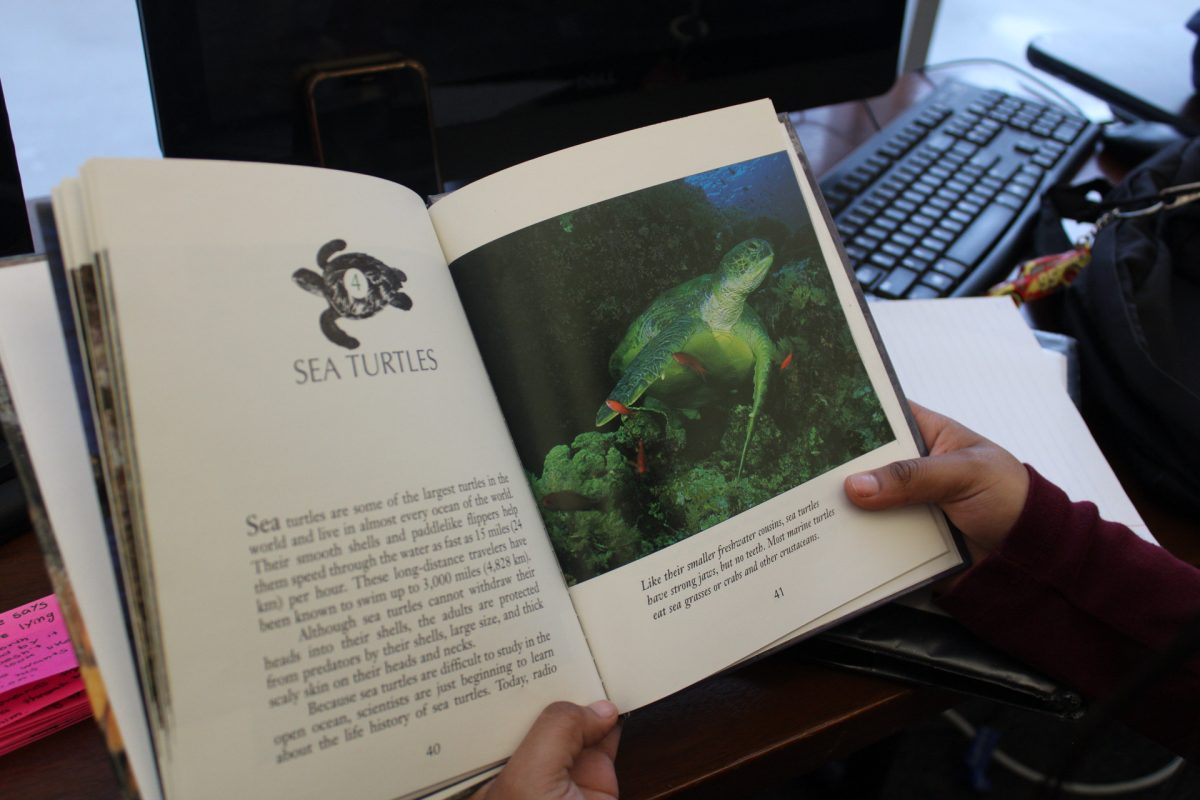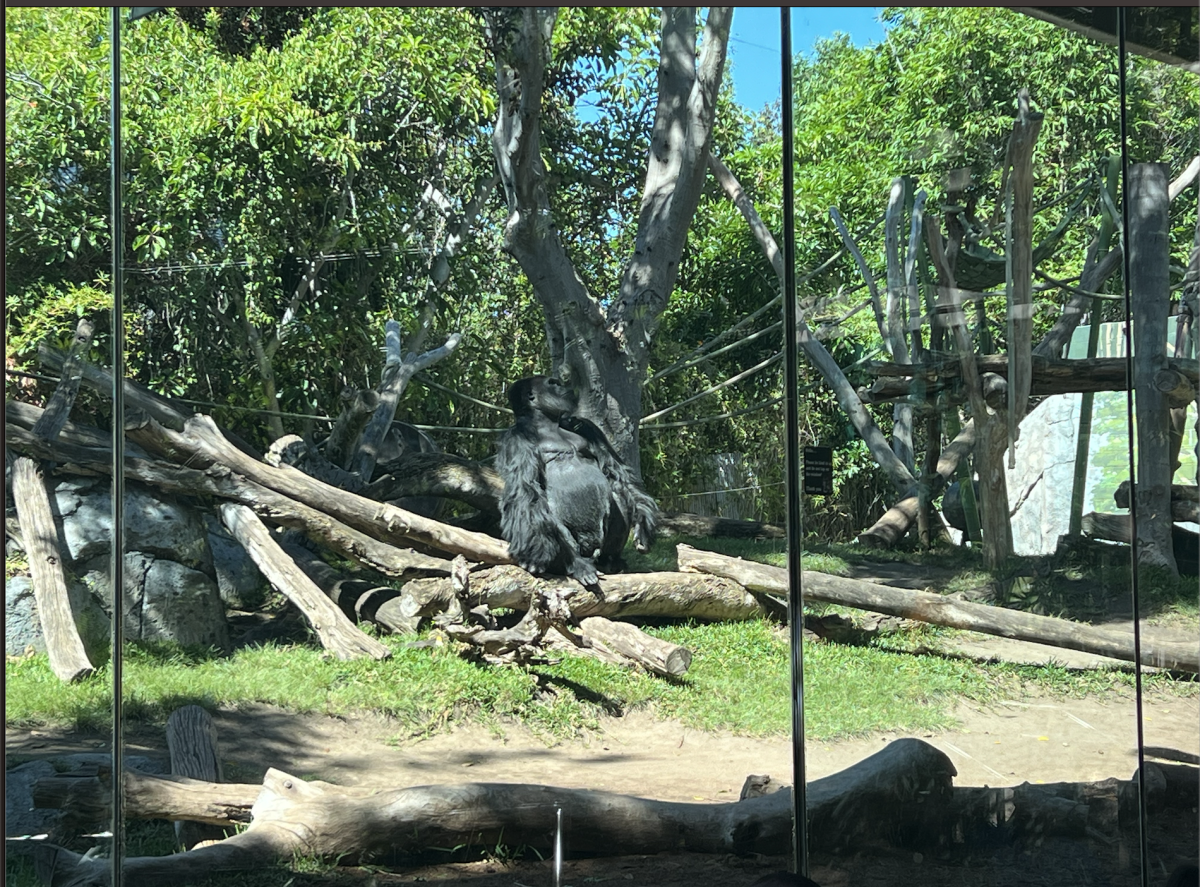The San Diego Zoo and Safari Park opened in 1972 with the main purpose of conserving and protecting endangered animals around theworld. Their pricing ranges from $71 for ages 3-17 and $99 for ages 18-64 for an annual pass. A day pass for ages 12+ is $69 and ages 3-11 is $59 (ages 11 and younger are free in October). Both of these options have benefits such as the Skyfari and Africa Tram and a person can pay more for more benefits like 2 more free tickets. There is the argument that it’s not worth paying that much money when most of the time visitors are walking and looking at animals eating their lunch. I, however, believe it is worth it because the money goes towards saving species.

According to the 2021 annual report from the San Diego Wildlife Alliance, that year, they made a total of $347.9 million in revenue. 43% of that revenue came from membership and admissions. The rest came from education, food, merchandise, donations, and tax revenue. $283.4 million from their revenue goes directly to animal care and conservation projects, and the rest ($64.5 million) goes to their expenses, which means 80% of profit goes to conservation while the rest goes to their expenses. Isn’t that better than paying the same amount of money to go to a water park that doesn’t support a great cause? Or paying any money at all to visit Seaworld, the organization that harms their marine animals and puts them in horrible conditions?
We now know that our money is going to a great cause, but what is the San Diego Wildlife Alliance exactly doing to help species around the world? According to the San Diego Zoo Wildlife Alliance 2023 Fact Sheet, they are currently focusing on 8 “hubs” around the planet. The African Forest with the elephants, gorillas, and chimpanzees, the Amazonia with the jaguar and Andeans bear, the Asian Rainforest with the Tiger and Asiatic black bear, the Australian Forest with the Koala andPlatypus, the Pacific Islands with the San Clemente loggerhead shrike, the Savanna with the white rhino, lion, and vulture, and the Southwest with the monarch butterfly, and burrowing owl, and SO MUCH MORE.
Through their genetic rescue, and care for the animals, they have reintroduced 44 endangered species since opening. Their Wildlife Biodiversity Bank team helps with all the genetic rescue and reintroduction by using biomaterial to prevent extinction-but that’s not the only team they have. According to the San Diego Zoo Wildlife Alliance’s “Our Partners” page, they work with hundreds of other organizations from nonprofit to corporate organizations globally to help save these species.
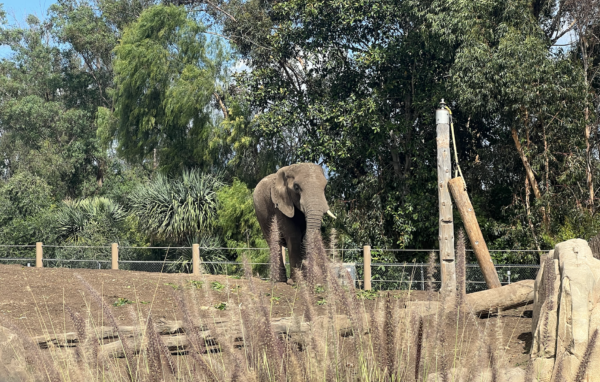
In regards to each species, they have a system for how to save them. According to the San Diego Zoo Wildlife Alliance’s “African Elephant” page, they track the species with a GPS collar to observe their behavior. It is important to understand social dynamics because they want to make sure the animal is living comfortably in the zoo and their environment in the zoo mirrors the wild. This process is lengthy and takes multiple teams to save the African Elephant. They specifically work with the sustainability team, wildlife care team, reproductive sciences team, and the Save the Elephants organization.
People might still argue that even if the money goes to a great cause, they still don’t want to just watch animals, they want to have fun. The Zoo has many activities throughout October and December so visitors can celebrate their holiday spirit. For example, they have “HalGLOWween” at night where people can stay after hours to watch performances and participate in activities.The zoo also has “Jungle Bells” in December which is also at night, full of interactive performances. Even during other months, there is a wide variety of activities such as restaurants, gift shops, the Africa Tram, the Skyfari, bus tours, wildlife presentations with birds, the miniature train, the 4D theater, and monkeys (the most interactive species there)!
The San Diego Zoo and Safari Park have great and progressive plans for endangered animals. Climate change, pollution, and poaching (man-made issues ) are putting various species in danger and I believe paying $70 dollars is worth it as the funds will support an organization that is actually trying to solve the issues we have created.
